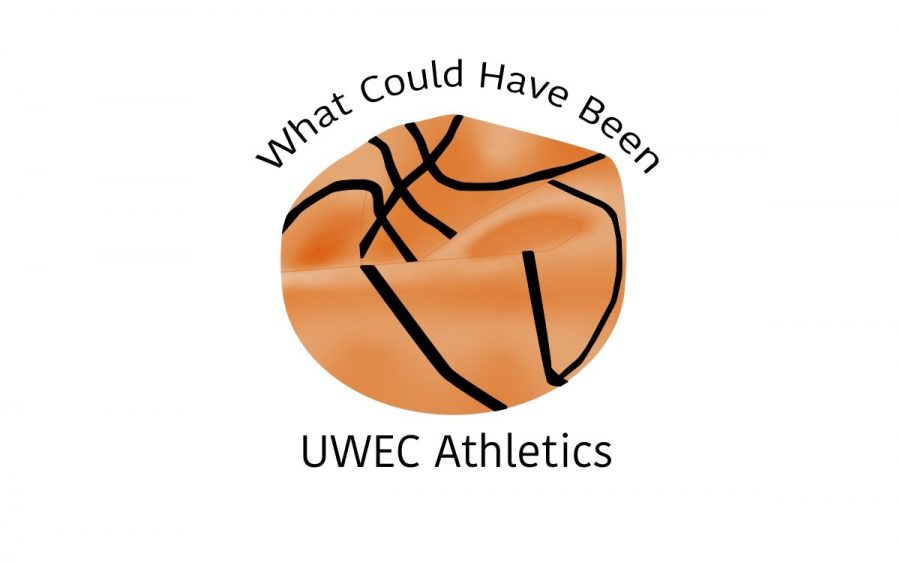What could have been: UWEC athletics
How to preserve baseball in the midst of COVID-19 pandemic
Photo by SUBMITTED
Baseball is a national pastime in the U.S. and UW-Eau Claire was scheduled to join the rest of the country in this year’s spring season, with the addition of a new baseball team.
Unfortunately, the coronavirus has delayed their debut until further notice.
These cancellations, in my opinion, are utterly tragic. I understand that for the safety of everyone involved, no sports is for the better. Yet, I can’t help but think of alternatives that can still guarantee safety while allowing teams to play.
Fans of “The Simpsons” likely remember the series movie, released in 2007. In the film, Homer contaminates the water supply. The government intervenes and places a large, transparent bubble over the town to prevent the spread of disease.
I suggest we do the same thing with the baseball diamonds, so teams can play without fear of outside contamination.
The players would be placed inside hazmat suits while they play. The suits will have a built-in glove, batting helmet and cleats so they can still perform at a high level.
Changes like this may affect the team’s quality of play, so it might not be worth it. Thankfully, I have other, less absurd ideas.
Baseball as a sport naturally practices social distancing. There are few instances when players come in close contact with each other.
The catcher and umpire come into contact with far too many opposing players when they are at bat and the baseman’s goal is to physically touch the runners. Adjusting these would be relatively simple.
Catchers in the game would move six feet further back and the umpires six feet further behind them. This may present a few problems, but I think they can be solved.
The first problem is the added distance pitchers would be throwing. I thought of two possible changes to eliminate this issue.
Either we give the catchers a long pole with a glove attached to it to hold towards the pitcher, or we give the pitchers steroids.
Neither option is fool-proof, but after significant hypothecation, these are the best-case scenarios.
I considered making the mound 6 feet higher, to make up for the lengthened distance, but then pitchers may fall off the mound trying to catch a ball.
I also considered replacing the ball with a lighter object, but tennis balls can be hit farther, balloons float away and lightbulbs break too easily.
The other problem the added distance presents is the umpire’s ability to call pitches.
Even without the added twelve feet, calling a ball or strike is difficult. The easiest way to make up for the difference is by giving umpires telescopes to watch the pitch from.
With regard to the baseman’s task of tagging the runners, this alteration was easier to conjure.
The bases will be increased in size from 15-inch squares to 15-foot squares. The baseman will also no longer be able to tag them to get them out.
This change may be devastating for the defense, so I have added another rule to even out the playing field.
In kickball, my elementary school allowed throwing the ball at a runner to get them out. This will be added to baseball.
Baseballs hurt to get hit with, so it will be recommended that the baseman throw other things at runners. Shoes, hats, gloves, even jerseys or whatever else they can find can be hurled at the runners to secure an out.
These changes protect the integrity of baseball while promoting health and safety. It may be ludicrous to change a sport older than the Civil War, but different baseball is better than no baseball.
Johnson can be reached at [email protected].

